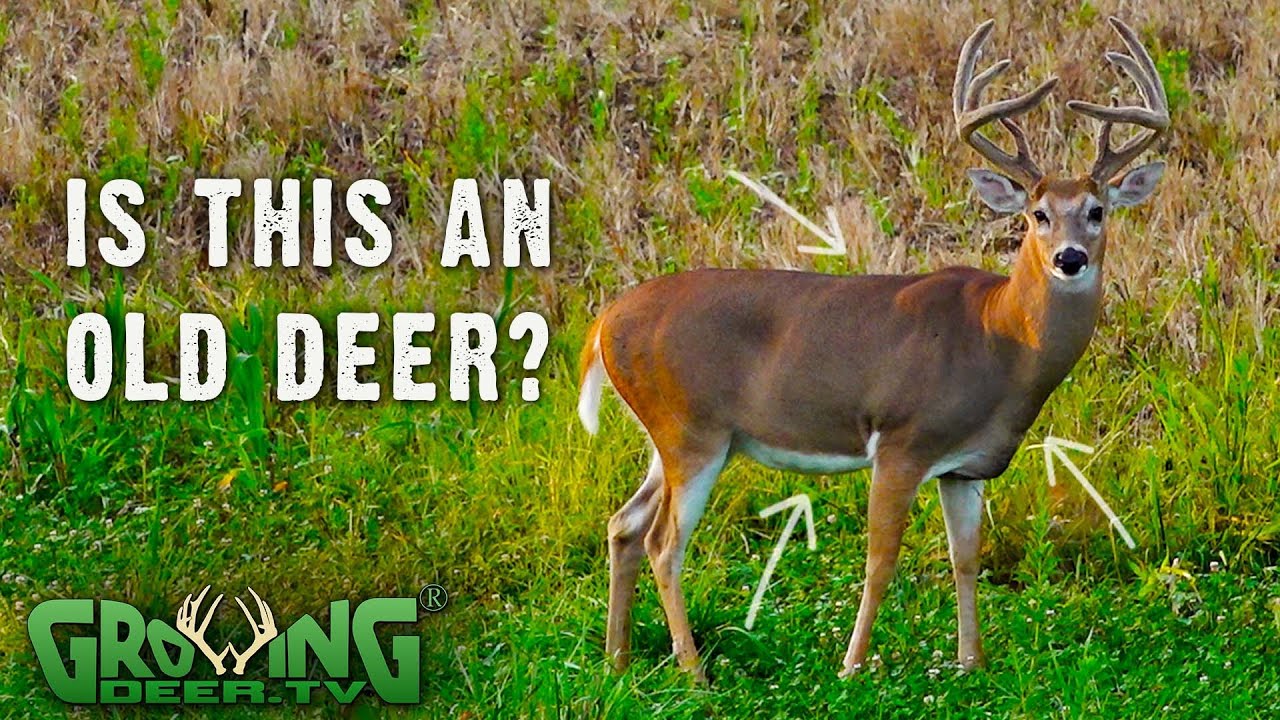How to Tell if a Deer is Pregnant: A Comprehensive Guide
Deer are fascinating creatures, and understanding their reproductive cycle is essential for wildlife enthusiasts and hunters alike. Determining whether a deer is pregnant can provide valuable information about population dynamics and aid in managing deer populations effectively. This article aims to provide a comprehensive guide on how to tell if a deer is pregnant, exploring the signs and indicators that can help identify pregnant deer and their gestation period.
1. Understanding the Deer Reproductive Cycle:

Deer Reproductive Cycle
Before discussing how to determine if a deer is pregnant, it's important to have a basic understanding of the deer reproductive cycle. Deer are seasonal breeders, and the rut, or mating season, typically occurs in the fall.
During this time, bucks actively seek out does for mating, and conception takes place. The gestation period for deer is approximately six to seven months.
2. Physical Indicators of Pregnancy:
Several physical indicators can help determine if a deer is pregnant. These include:
a. Enlarged Abdomen:
Pregnant does often have a visibly enlarged abdomen due to the developing fetus(es). However, it's important to note that other factors, such as a high food intake or illness, can also cause abdominal distension.
b. Changes in Body Shape:
As the pregnancy progresses, a pregnant doe may exhibit changes in body shape, particularly in the hindquarters. The hindquarters may appear fuller and rounder than usual.
c. Swollen Mammary Glands:
Towards the later stages of pregnancy, a pregnant doe's mammary glands may become swollen or appear more prominent. This change is due to the preparation for milk production to nourish the offspring after birth.
3. Behavioral and Dietary Changes:

Behavioral and Dietary Changes
Apart from physical indicators, pregnant deer may also exhibit certain behavioral and dietary changes. These include:
a. Increased Resting:
Pregnant does often spend more time resting and conserving energy, particularly in the later stages of pregnancy. They may be seen lying down or bedded for longer periods.
b. Altered Feeding Patterns:
Pregnant deer may exhibit altered feeding patterns. They may focus on consuming nutrient-rich food sources to support the development of the fetus(es). Observing deer foraging on high-quality forage or exhibiting selective feeding behavior can be an indication of pregnancy.
c. Solitary Behavior:
Pregnant does may become more solitary and seek seclusion during the late stages of pregnancy. They may move away from the main herd to find a safe and secluded spot to give birth.
4. Professional Assessment:
For accurate confirmation of pregnancy in deer, it is recommended to consult with a wildlife biologist, veterinarian, or experienced wildlife professional.
These experts have the knowledge and tools to conduct a thorough examination and provide a definitive diagnosis. They may use techniques such as ultrasound imaging or hormone analysis to determine pregnancy in deer more accurately.
5. Limitations and Factors to Consider:
It's important to note that determining pregnancy in deer can be challenging, as visual cues and behavioral changes may not always indicate pregnancy with certainty.
Additionally, factors such as body condition, age, and overall health of the deer can influence physical indicators. It is advisable to consider multiple indicators and consult with professionals for accurate assessments.
6. Ethical Considerations:
When observing deer for signs of pregnancy, it's crucial to do so responsibly and with respect for their natural behavior. Avoid causing unnecessary stress or disturbance to the deer.
Maintain a safe distance and use binoculars or spotting scopes for observation. Remember that wildlife conservation and welfare should always be prioritized.
Determining if a deer is pregnant involves a combination of physical, behavioral, and dietary indicators. Enlarged abdomen, changes in body shape, swollen mammary glands, altered feeding patterns, increased resting, and solitary behavior can all be potential signs of pregnancy in deer. However, it is recommended to consult with professionals for accurate assessments, as visual cues may not always provide definitive confirmation. Understanding the reproductive cycle of deer and identifying pregnant individuals can contribute to effective wildlife management and conservation efforts.